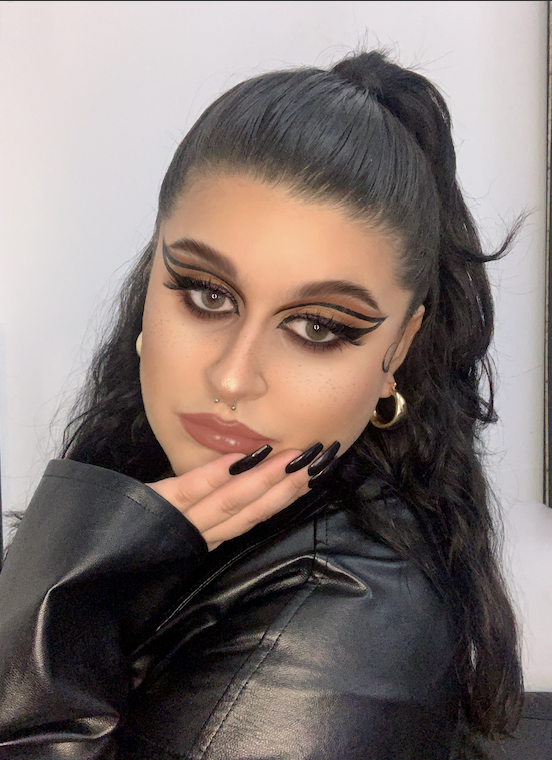You Will Defs Like these too
Life Video of The Day
New at The Modern East
Sign Up To Our Newsletter
[ninja_forms_display_form id=20]
People love to debate what constitutes art. Is there any more intrinsic worth in an original Picasso than there is a bit of Banksy street art? Even the same piece of art can mean different things to different people. Though there are times, that you just might be left scratching your head. A banana duct taped to a wall? Anyone? For as many pieces of art out there that might take a certain aesthetic to appreciate, there are other works that enjoy massive popularity.
Art movements like cubism, surrealism, impressionism, and realism, to name a few, have produced some of the most beloved pieces of art the world over. Though some art movements may be well known by the general populace, there are others that even an art major might not have heard of before. We’ve put together a list of some of those obscure movements. How many have you heard of?
Though Fauvism was generally short lived, it is considered one of the very first avant-garde art movements. The style bucked the conventional norms of color use and brush work in art. The resulting works were bold, bright, and vivid. The more unrealistic the colors, the better. The term of “les Fauves” translates to “the wild beasts”. It was a name artists of the movement embraced after a critic used it to describe the quality of their work.
The Fauves style was sort of a mix of other painting styles. You can plainly see the influences of abstract art and pointillism in many Fauve works. Other examples of Fauvism strongly resemble some of Van Gogh’s art. While the movement as such really only lasted between the years of 1905-1908, it did continue on a few years beyond. Henri Matisse and Andre Derain were the leaders of the movement.
View this post on InstagramA post shared by @ impressionism.art on
Paris and art go hand in hand. But, in 1882, a Parisian publisher and writer by the name of Jules Levy was sort of over the whole snobbery that was rampant in the art scene. So, he started the art movement called Les Arts Incoherents. Levy began to hold get-togethers and exhibitions that were meant to make people laugh, while poking fun at the seriousness of art, society, politics, and life itself. He presented work by various participants and featured things “made by people who don’t know how to draw”.
There were also totally nonsensical bits of art, funny sketches, art made my children, and just randomly found objects on display. The exhibitions were charitable events, and even drew some big names in the art world like Manet and Renoir. Sadly, the fun and irreverent movement would begin to lose steam in 1886. Levy began to be the victim of criticism, and was accused of using the Incoherent Arts for his own gains and interests. This perhaps most light-hearted and humorous of all art movements ended in 1893 when the last exhibition was met with resounding indifference.
Fluxus was one of those art movements that emphasized that it was all about the process. Composers, artists, architects, chefs, designers, and poets alike took part in this movement from the 1960’s to the 1970’s. The idea here was that the process and performances themselves were actually more important than the final product. With an emphasis put on the process, artists felt that the public should be allowed to works in progress, and even engage the artists while they created.
The movement helped to birth new art forms like video art, conceptual art, and intermedia. People involved in Fluxus considered it to be both an art, and anti-art, movement. Fluxus artists believed that the value of art couldn’t be defined by museums, and that art truly belongs to both artist and viewer. They also felt that the public didn’t have to be educated in order to enjoy art.
View this post on InstagramA post shared by functional arts (@functionalarts) on

